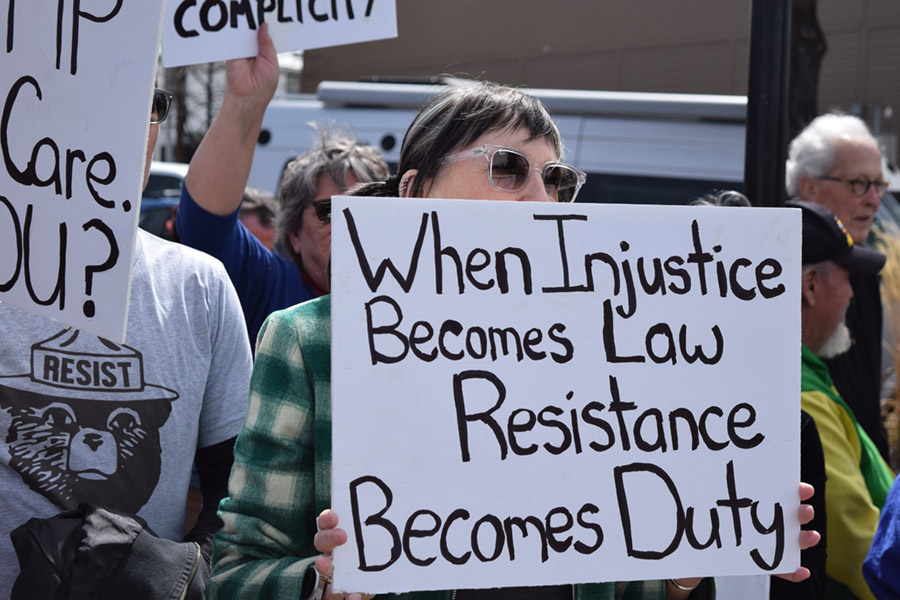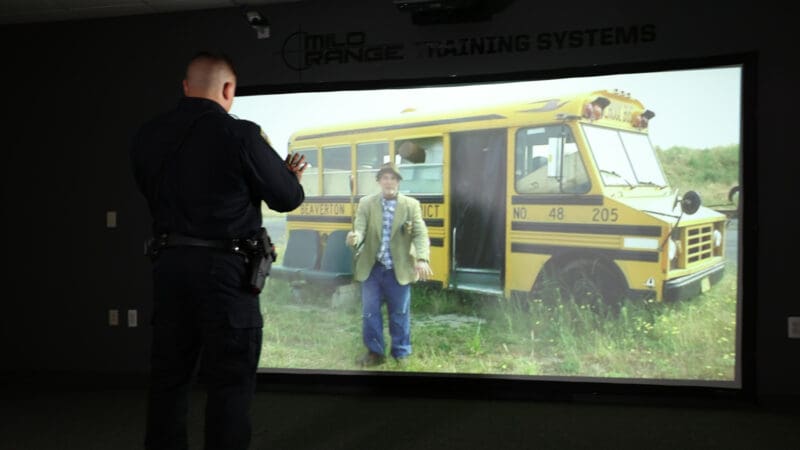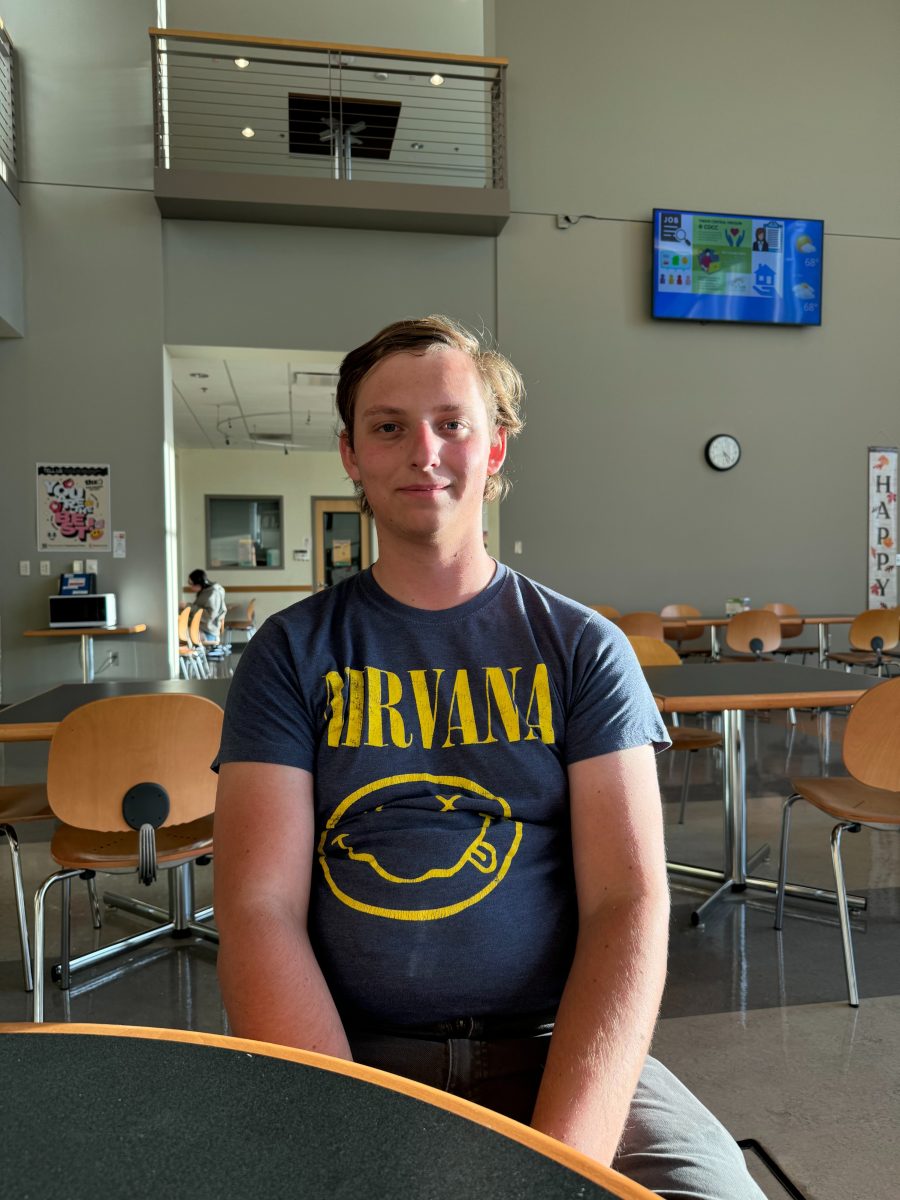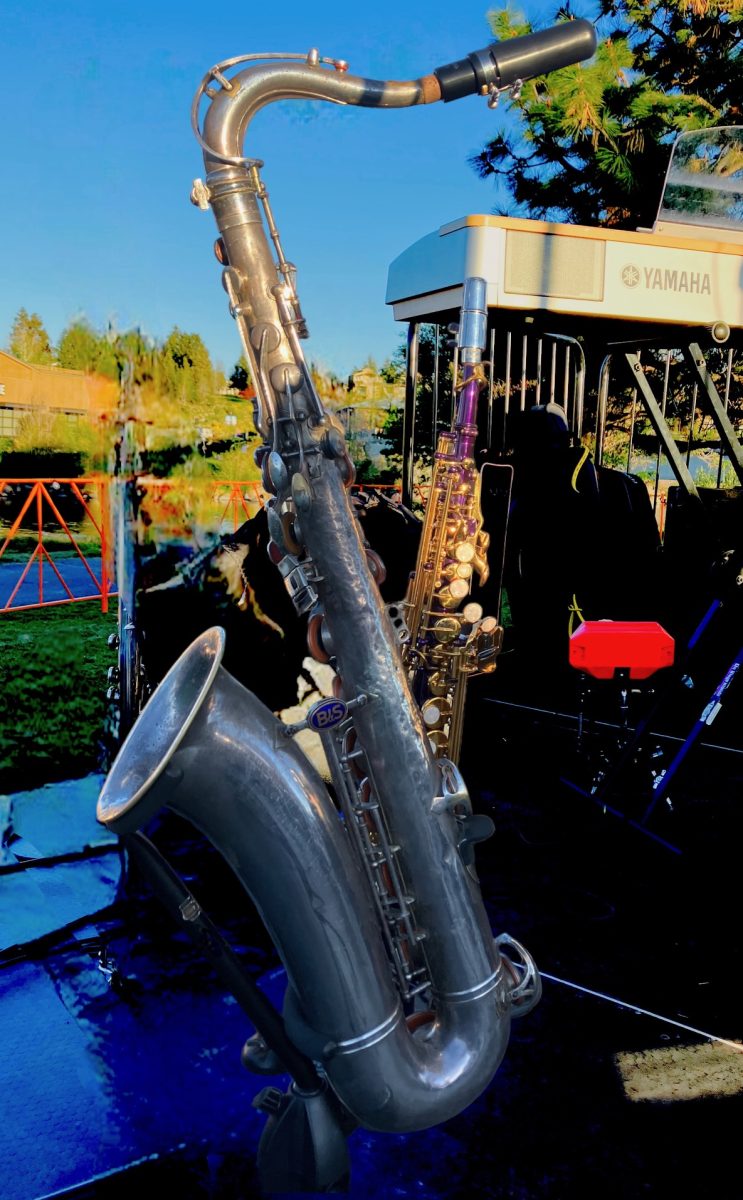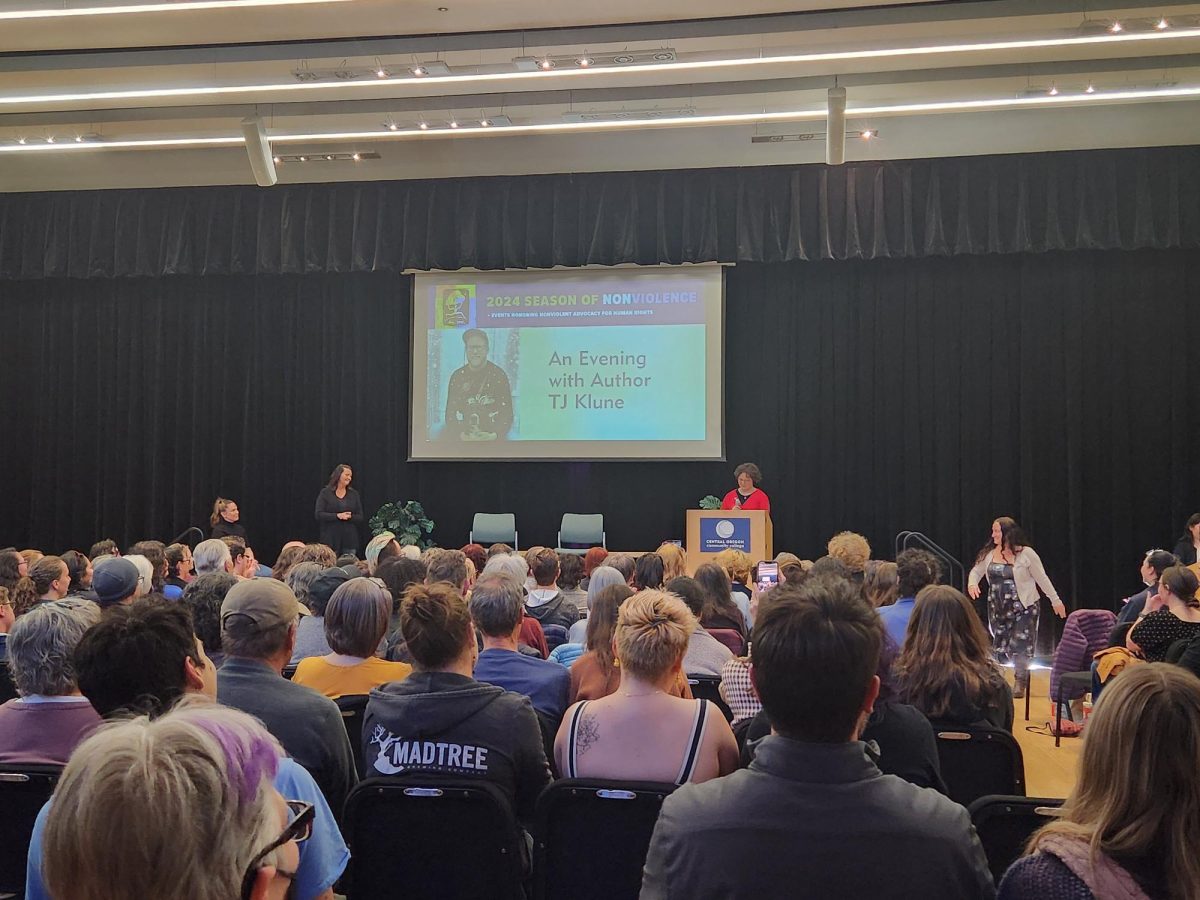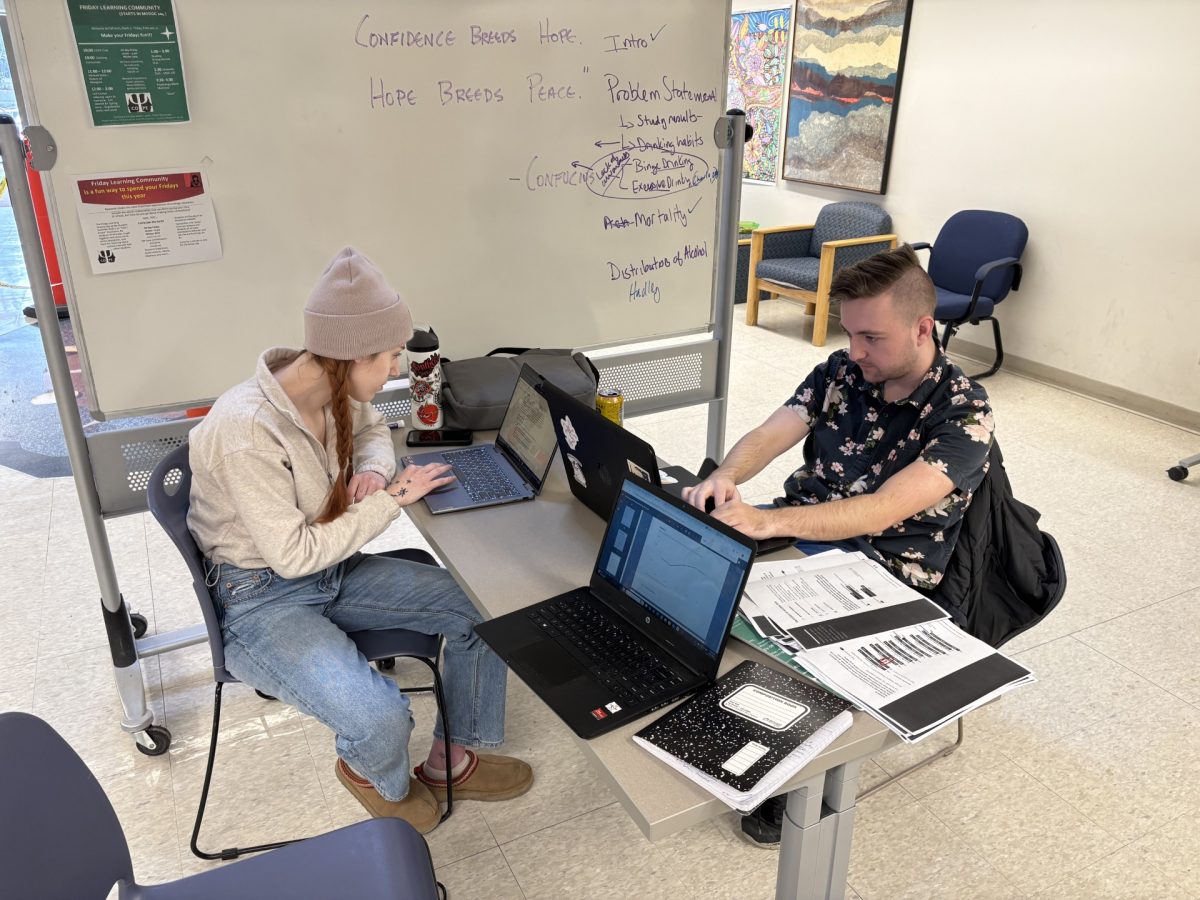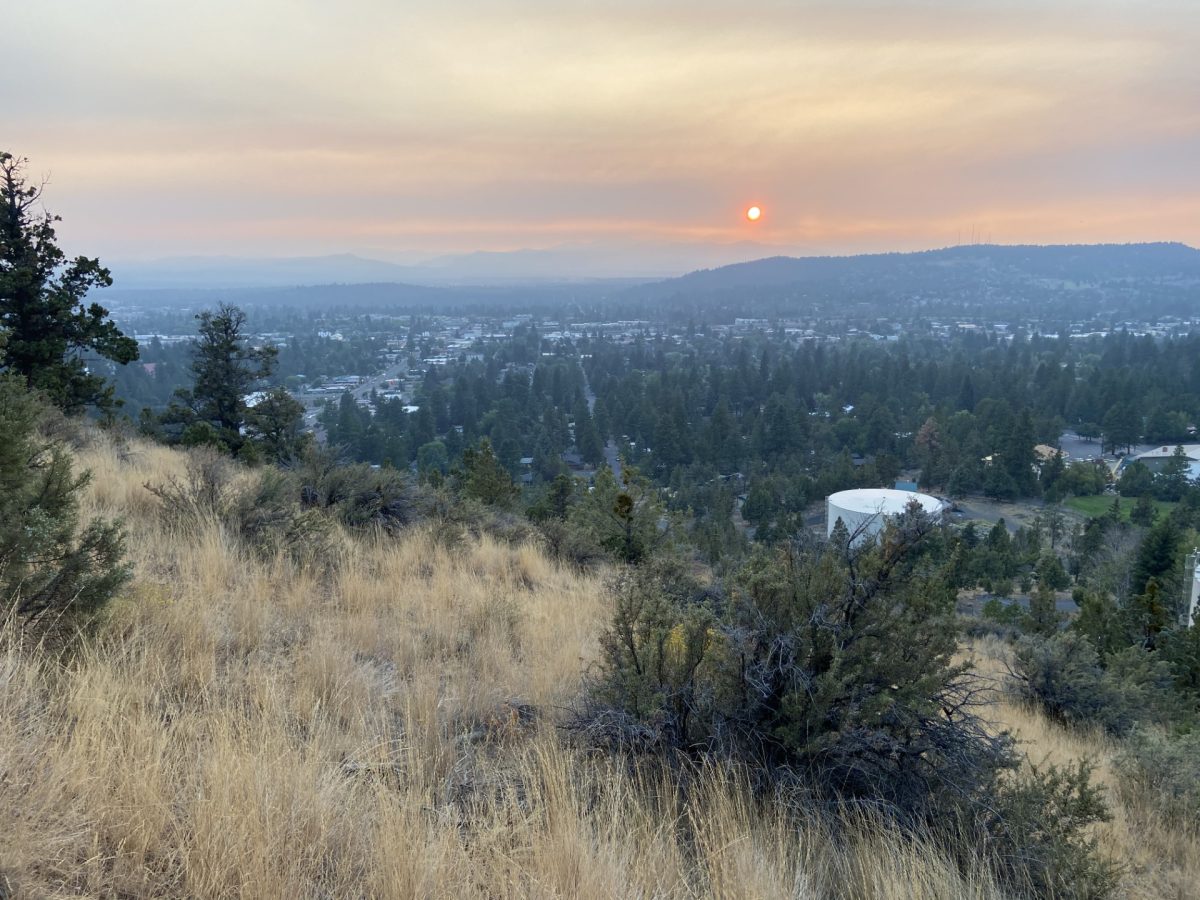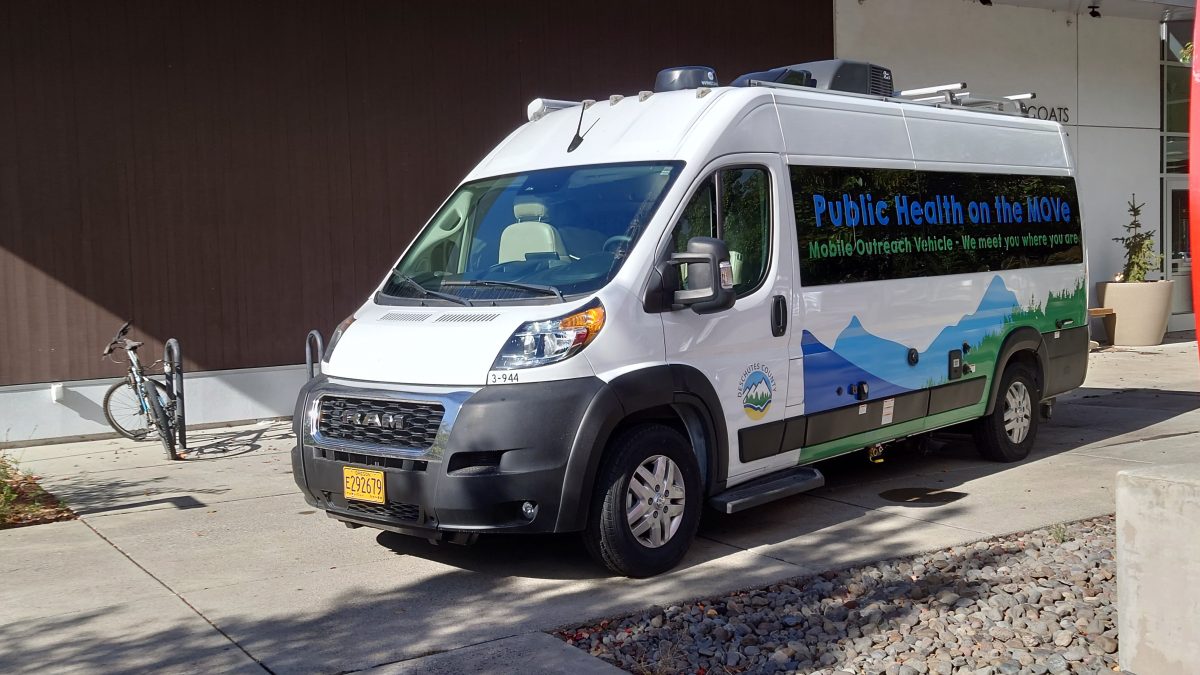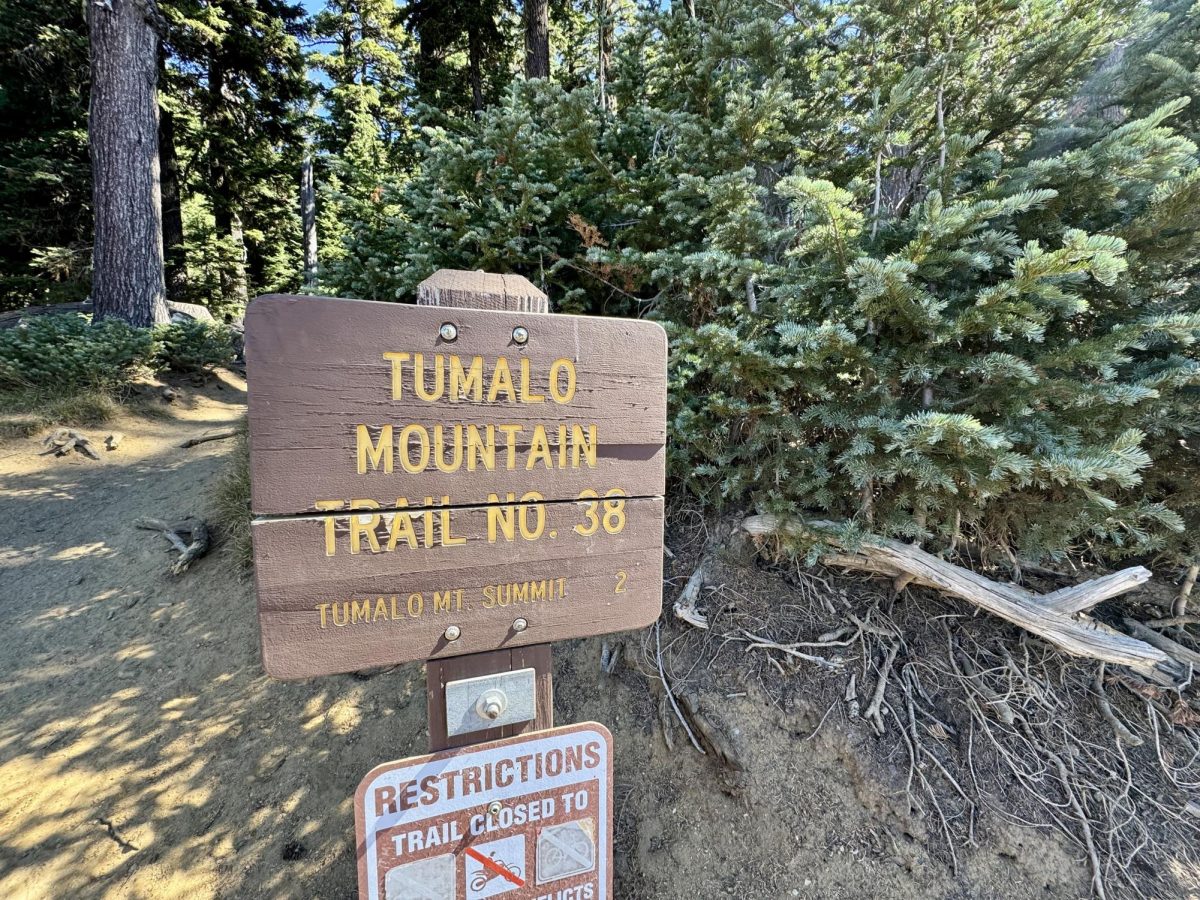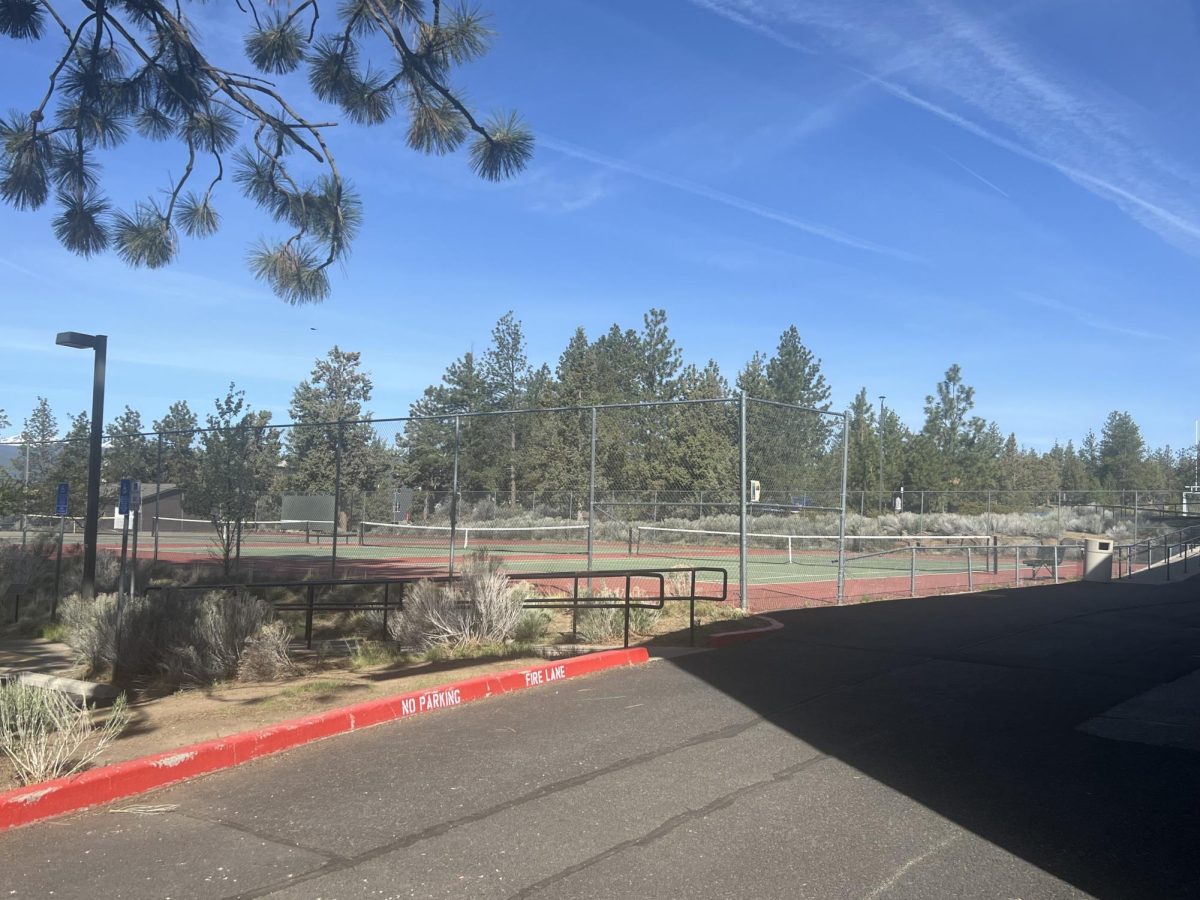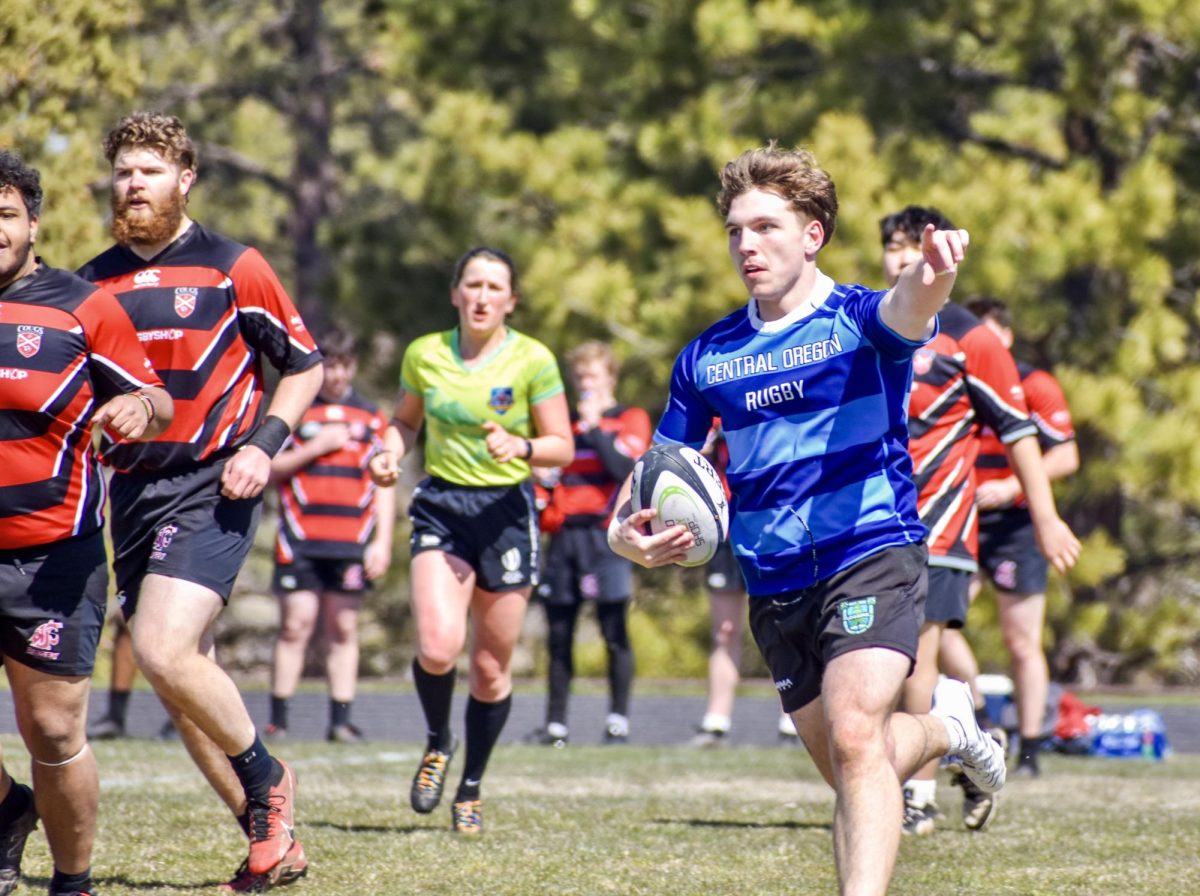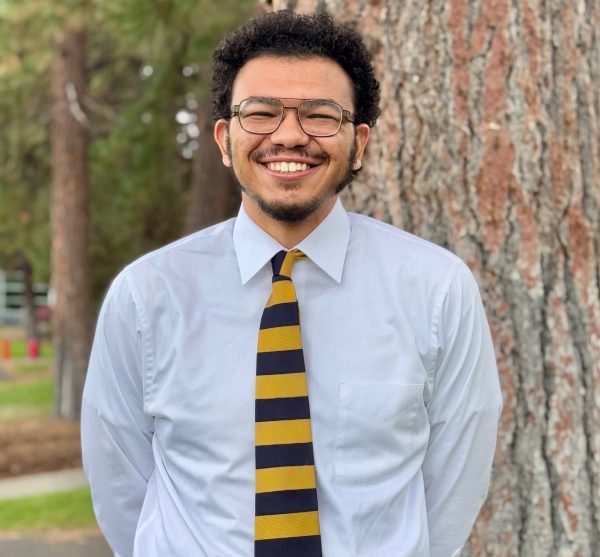The public needs, and so by extension Central Oregon Community College students, need public transportation to be available. Even if all of COCC students don’t use it, it must be there for those that do. Community college student pools are such a diverse range of age, race, and identity, and combined with COCC being split into different campuses means the odds of having to commute to more than one college are more likely than not. The Broadside spoke with two COCC students to hear more of their experiences, what advice they have to give, and so on.
Alexa Jauregui is attending COCC for her second year, on an exploratory route. She lives in Redmond and has one in-person class in Bend. She attends her class taking the Route 24 bus, Redmond to Bend, then Route 3, which is Hawthorne Station to COCC. She takes this same route to get back to Redmond, and does this two times a week on Tuesdays and Thursdays. Jauregui first used public transportation last year around 12 times and has had a generally positive experience.
Public transportation is free, at least in Central Oregon. The same cannot be said for 45% of the country according to the American Public Transportation Association. Jauregui even went so far as to say that it’s, “…like a privilege, almost.”
It’s also much more cost effective and better for the environment. Jauregui also doesn’t have her license and so this is the most practical of getting to her class on time; she is dependent on it. However she did acknowledge certain drawbacks–waiting in the cold at stations or between stops, however. This problem is exacerbated if she’s waiting with strangers. “…a little scary… a little stressful,” is what she described that experience to be, but thus far she hasn’t had any negative encounters.
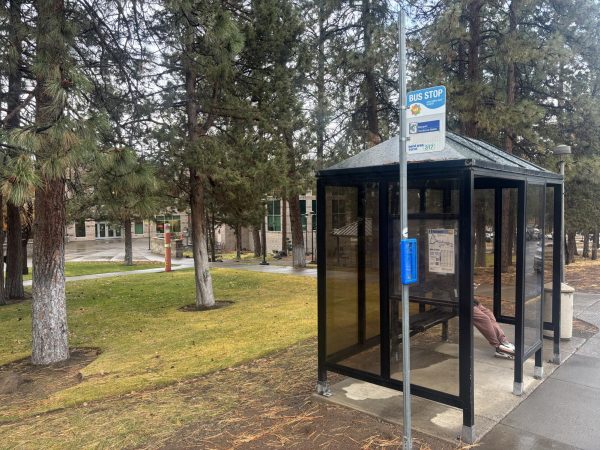
Jauregui does, however, want more stops in Redmond, as the lack of accessibility in Redmond is a bit troubling–she has to get a ride from her house to and from the station because of this.
Redmond does have two new bus routes, constructed earlier this year, but they lack clear stops and have a highly limited bus route. Lastly, she pointed out how enjoyable it is to meet and see a variety of people each time she rides the bus, calling it a “cool experience.”
“…don’t be afraid to ask for help, if you need it. Everyone’s pretty nice that rides the bus, like, even if you don’t know where you’re going you can ask anyone and they’d be happy to help,” said Jauregui.
When asked about her experience of riding as a woman, she explained that though it can be stressful, riding with someone you know is a good way to combat that. Jauregui almost always rides with her friend who takes the exact same route. This is in addition to her recommendation of being aware of your surroundings.
“I know that they have one in the afternoons, but there’s never security guards in the morning, at least when I’m there,” Jauregui hopes for more security in addition to a myriad of other improvements. She expressed a desire for a proper Redmond station–a more suitable shelter. As it stands now the current Redmond station is a cluster of bus stops behind Fred Meyer, lacking proper protection against the elements.
“I think they should respect the drivers, the workers and just the bus rules.”
With her assertion that free public transportation is somewhat of a privilege, Jauregui hopes that if public transportation does become more popular people maintain a level of respect for it. She’d even overheard bus drivers talking about an incident last year in which one of the riders punched a bus driver.
“I mean, it has its pros and cons, but I think the pros outweigh the cons.”
Next, The Broadside spoke with Larissa Sandoval. Sandoval is on the associate of arts transfer major path at COCC and attends both the Redmond and Bend campus. Identical to Jauregui’s schedule, she rides the bus twice a week with the same routes. She estimates she’s used it 30 times this term.
Sandoval denoted a generally positive experience, and though she was nervous with using it due to its initially daunting nature she quickly grew adjusted. She remarked how part of the reason her worries were put to bed was a unique community, a culture endemic to public transportation forms that she gets to be a part of.
“You get to know, like the people that are on the bus with you, because you kind of have familiar faces and familiar bus drivers, and you say hi to each other, and, like, you notice when somebody’s not there, like, Oh, they’re not here, that’s weird. Or like, Oh, they’re late to the bus,”
A strong sense of kinship forms between people that are otherwise strangers, bound together by the simple commonality of using public transport. Sandoval went so far as to explain that sometimes riders will ask the bus driver to wait because one rider in particular is running behind. This is known not through communication with the person in question but making note of their absence.
Sandoval also explained her fair share of advantages and disadvantages with using public transport.
While convenient oftentimes, with her also relying on public transportation to attend class, she shares its drawbacks as well; frustrations with long waiting periods between buses at the COCC Bend campus and riding with strangers. She mentions the delicate balance one has to maintain with strangers, being polite but reserved, wanting to be kind but not wanting to give them a reason to talk to you. But in spite of those pitfalls Sandoval maintains that, “I’m super grateful for it,” and that it helped her get more of the ‘college experience’ so many talk about.
With regards to advice, Sandoval had much to say. In terms of getting adjusted she recommended doing a practice run. Before you feel the need for urgency, do a practice run. Understand how it works before you truly need it.
As a female rider she advised,
“…always try and be aware of what’s around you. If you feel more comfortable, get in the back of the bus so that way you can see everybody in front of you and know what’s going on, and there’s nobody behind you… Don’t look uncomfortable. Don’t look like you don’t know what you’re doing…try and be the fakest confident you can be…like you’re open, you’re on your phone, like nothing is gonna bother you.”
Inarguably good advice to practice confidence until you have it, especially in precarious situations like riding on the bus as a single woman. She also recommended self protection, and explained how she has a Swiss Army in her car; where she waits before the bus gets there.
“They’re [another bus rider] gonna get on that same bus. I’ll stay close to this person, so that way, if something happens, it’s like, it’s not, you’re not completely alone.” She explained how even staying near someone who shares your schedule can be effective. Sandoval enthusiastically recommends public transportation, with caveats. Only ride if it fits within your schedule, ride with someone else, and prioritize your safety.
In terms of improvement, Sandoval hopes for more consistent bus upkeep–removing stains, dirt, and overall cleaning these vehicles. She also communicated a want for more announcements for big changes, such as the ongoing sweeping renovations being conducted on the Hawthorne Station. With Hawthorne specifically she added that now the layout is labyrinthian due to all of the ongoing construction, and could use more signage.
It’s clear to see from these two students’ perspectives that public transportation is very beneficial for those that need it. It has its set of imperfections and things to take note of, but is clearly doing more right than not. We can only hope that this system can continue to be implemented, improved, and used.


